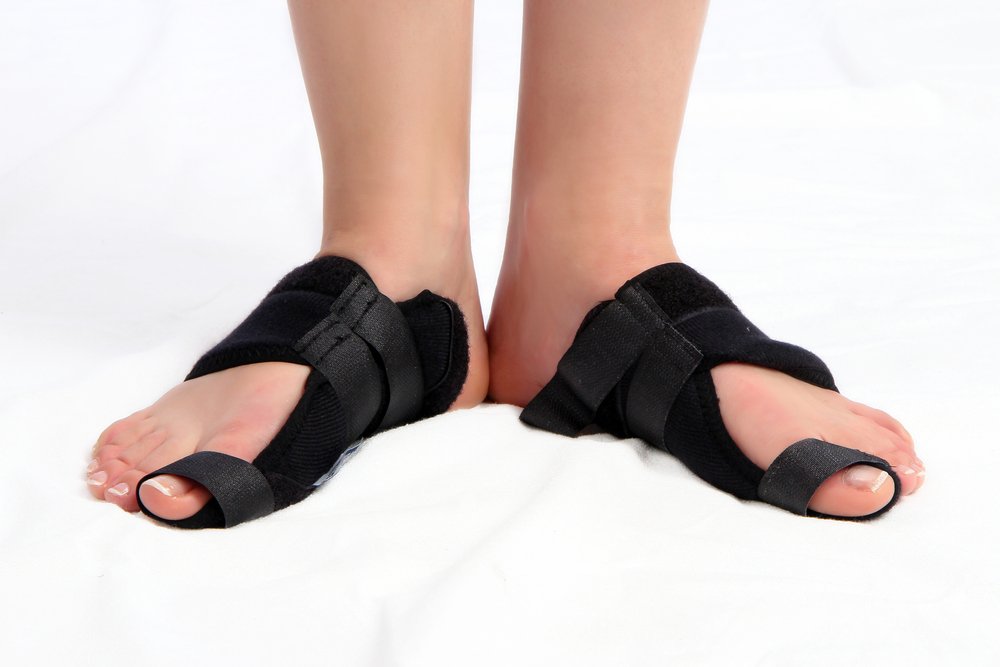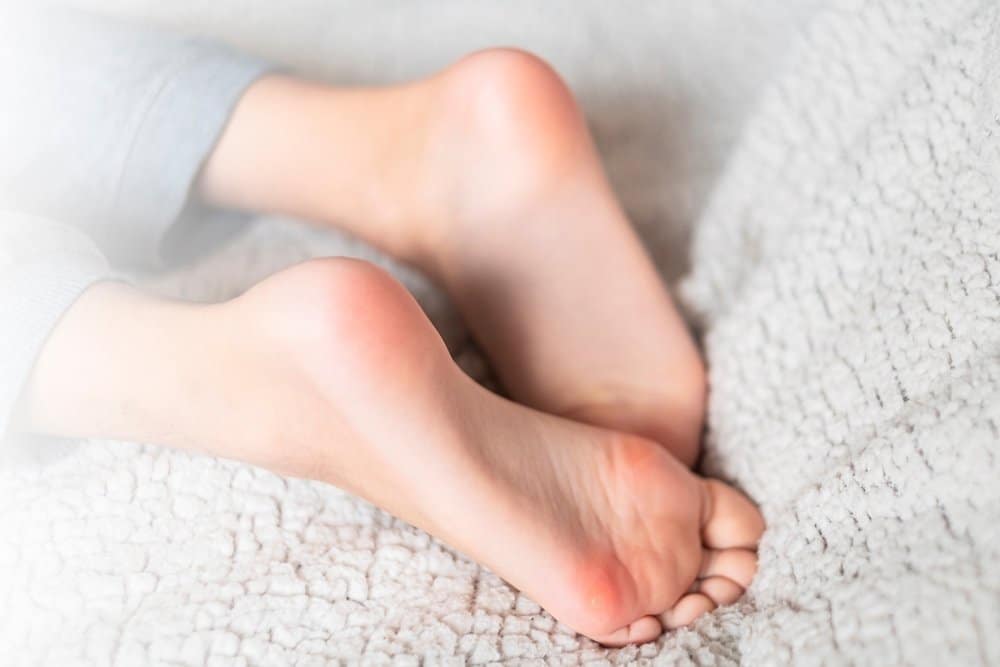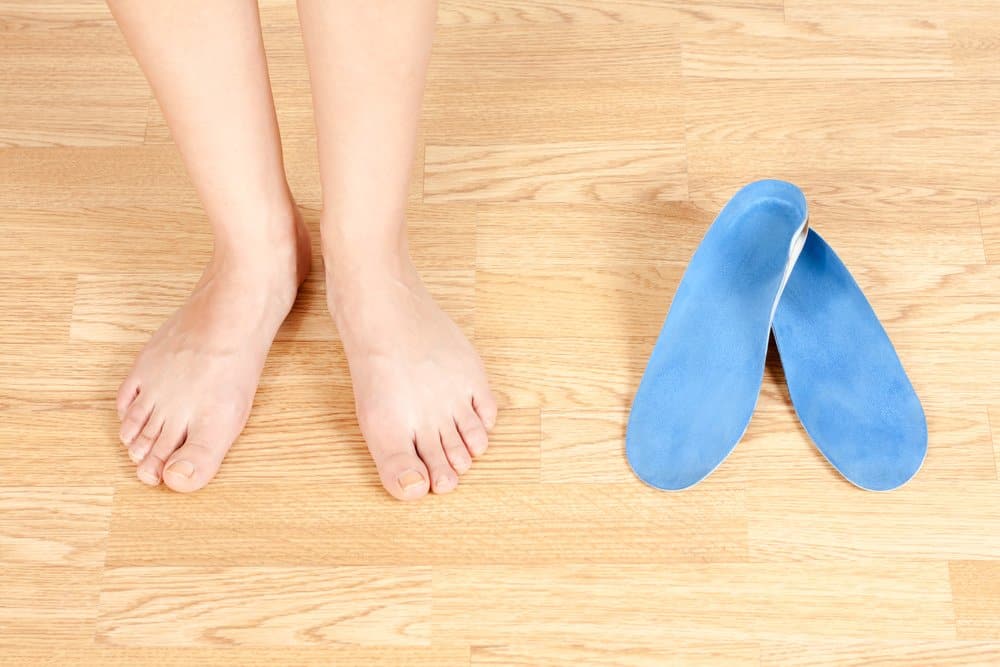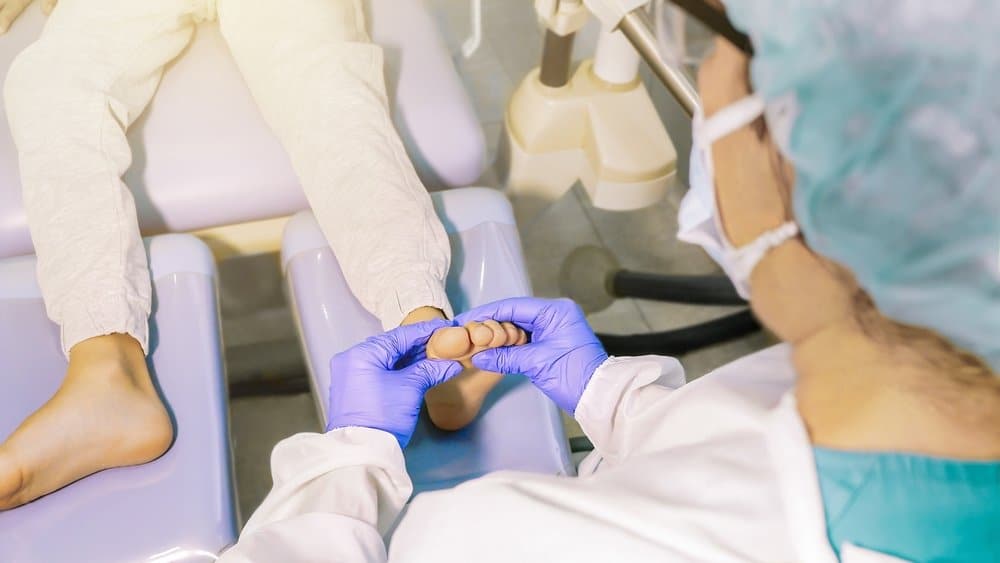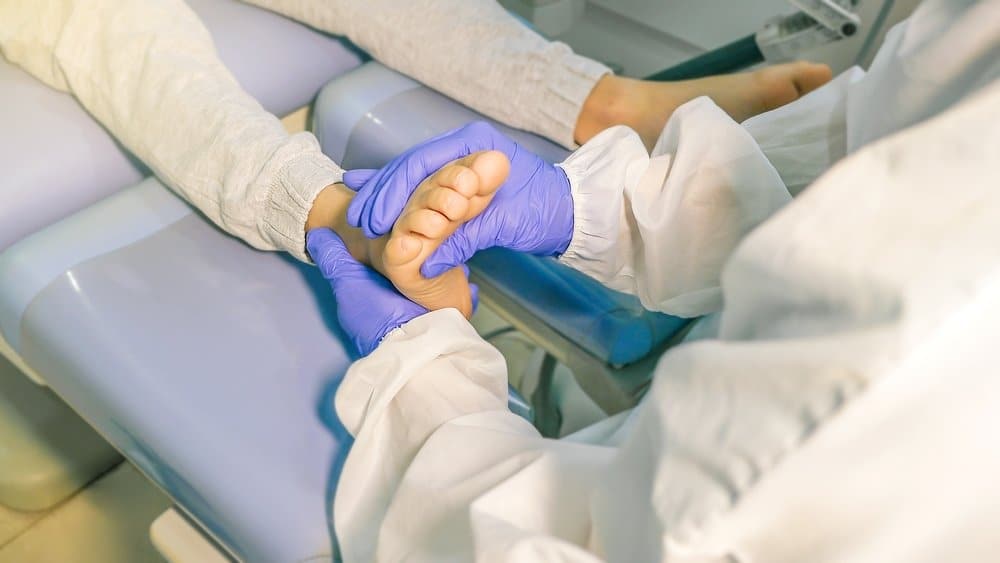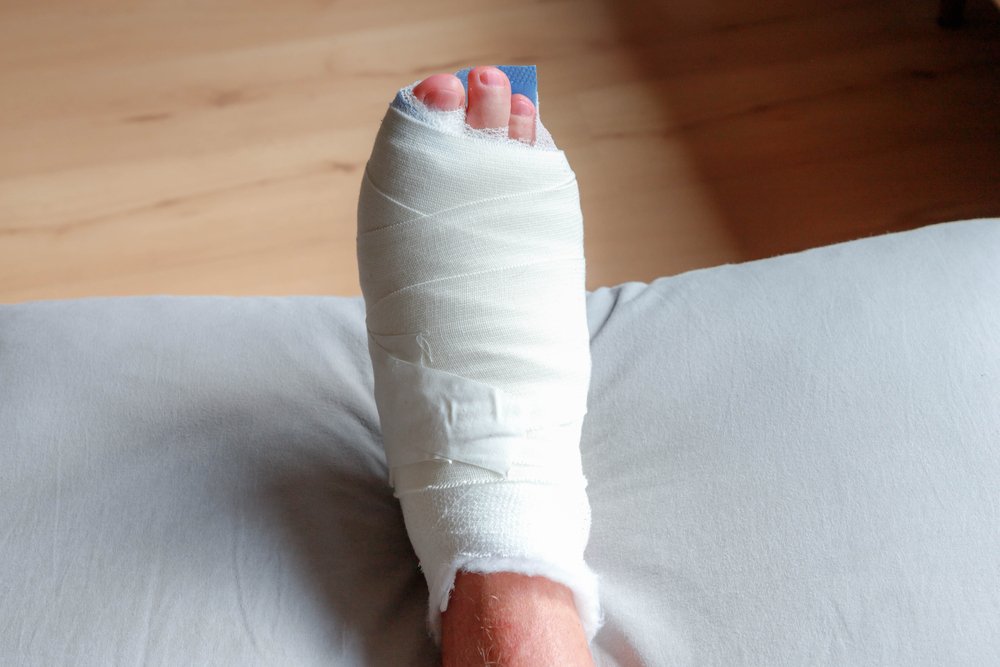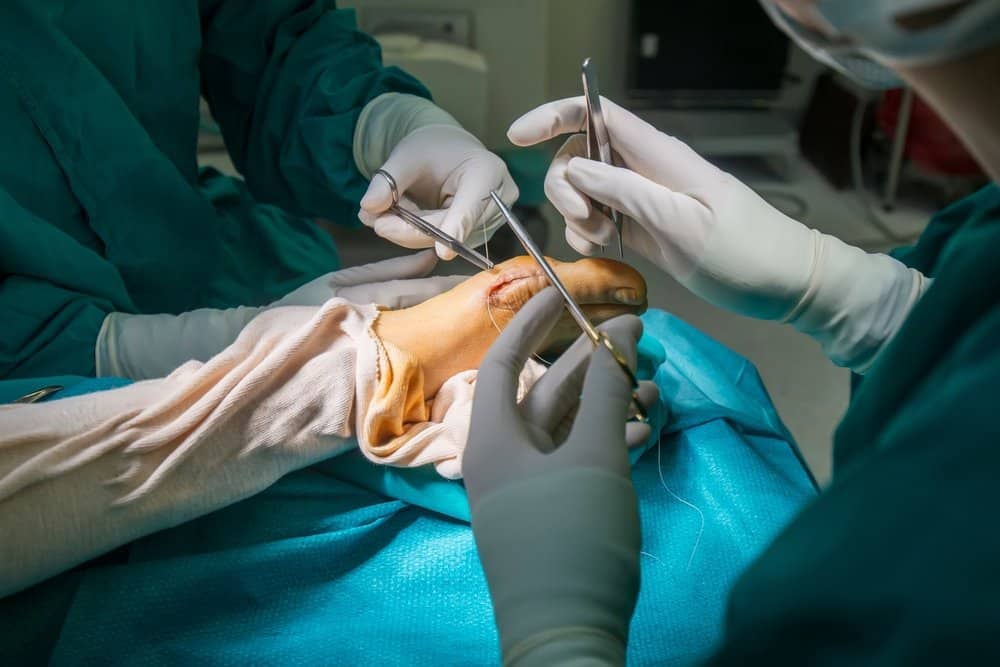Juvenile Bunion Surgery
Juvenile Bunion Surgery in Miami is a specialized service provided by Luxe Foot Surgery. Located in the heart of Miami, our clinic focuses on addressing the unique needs of young patients struggling with bunions. In this article, we will explore the procedure, care, cost, and everything related to this surgical intervention, offering insights to help you understand what to expect.
- Updated on: January 15, 2024
AVERAGE COST
$6,500
PROCEDURE TIME
20 – 40 Min
BACK TO WORK
3 week
FULL RECOVERY
6 weeks
Book Your Free Consultation
